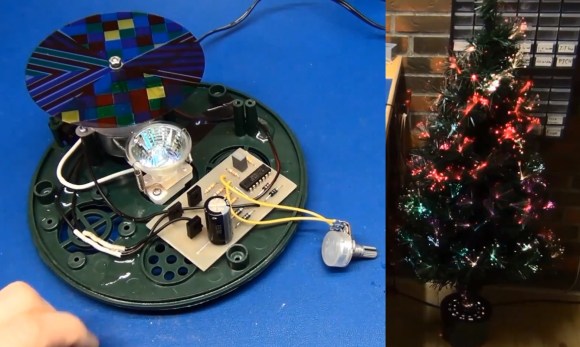You can get all sorts of cheap car stereo decks from China, but where’s the fun in that? [Sentcool] is an IT specialist and electrician, and he decided he wanted something a bit more unique for his car — so he built this awesome Raspberry Pi car setup!
He’s using a Raspberry Pi Model B R2, a standard LCD car display (from China), a small 12V audio amplifier and an NF filter. The image above is from the first test of all the components together. He originally wanted to use a touch screen, but thought it might be too expensive for the project, so instead he’s carefully soldered switches onto some ribbon cable for the Pi’s GPIOs. Don’t you just love stripping ribbon cable?
From there it was just a matter of creating a nice wooden face plate and jamming everything into the center console of his car. It looks pretty good although the buttons could use some work — Don’t worry though, [Sentcool] is already thinking about upgrading it.
See more after the break!


















